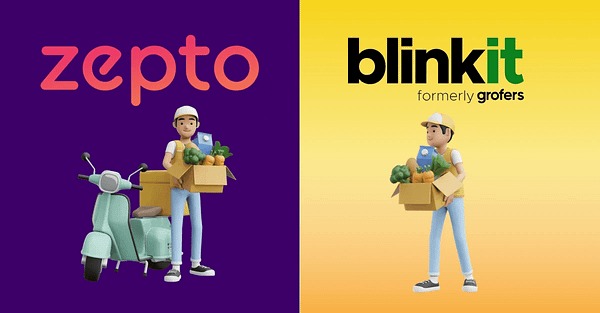The Indian government is deploying real-time data analytics sourced from quick commerce platforms like Blinkit and Zepto to monitor retail price fluctuations across urban markets following recent GST rate cuts. This proactive approach aims to ensure GST reductions result in actual savings for consumers through daily price checks.
In an innovative move to enhance market transparency and consumer protection, the Indian government is utilizing live data feeds from leading quick commerce players Blinkit and Zepto. These platforms’ extensive urban delivery networks and dynamic pricing data provide the government with granular insights into retail prices of essential goods and groceries at hyperlocal levels.
This strategy was initiated in the aftermath of GST rate reductions announced recently on popular fast-moving consumer goods (FMCG) categories. By tapping into Blinkit and Zepto’s data, policymakers can verify whether the intended tax benefits are translating into lower street-level prices, thereby bridging the gap between policy and market reality.
Quick commerce platforms like Blinkit, Zepto, and Swiggy Instamart operate on hyperlocal fulfilment models delivering groceries within 10-30 minutes. Their location-specific pricing, real-time inventory status, and promotional offers vary by micro-market segments, enabling the government to monitor price changes unevenly distributed across cities and neighborhoods.
The collected data also supports targeted interventions for supply chain management and consumer price regulation to mitigate inflationary risks. Analysts note this real-time monitoring reduces information asymmetry, empowers regulators, and prevents undue profiteering.
Key Highlights:
Government integrates real-time retail price data from Blinkit and Zepto for GST impact assessment.
Quick commerce platforms provide hyperlocal pricing, inventory, and promotional insights.
Enables verification of GST cut benefits reaching end consumers across urban geographies.
Supports policy enforcement, inflation control, and supply chain optimization.
Bridges the gap between fiscal measures and grassroots market dynamics.
Empowers regulators with daily price fluctuations and product availability metrics.
Helps identify potential pricing anomalies or supply bottlenecks early.
Facilitates region-specific consumer protection and market fairness.
Illustrates the growing role of digital commerce data in public policy.
Sets a precedent for data-driven governance in consumer markets.
By harnessing the rich data reservoir of quick commerce platforms, the Centre transforms market surveillance into a real-time, evidence-based process that strengthens India’s consumer welfare framework.
Sources: OpIndia, Moneycontrol, The Wire, Economic Times

